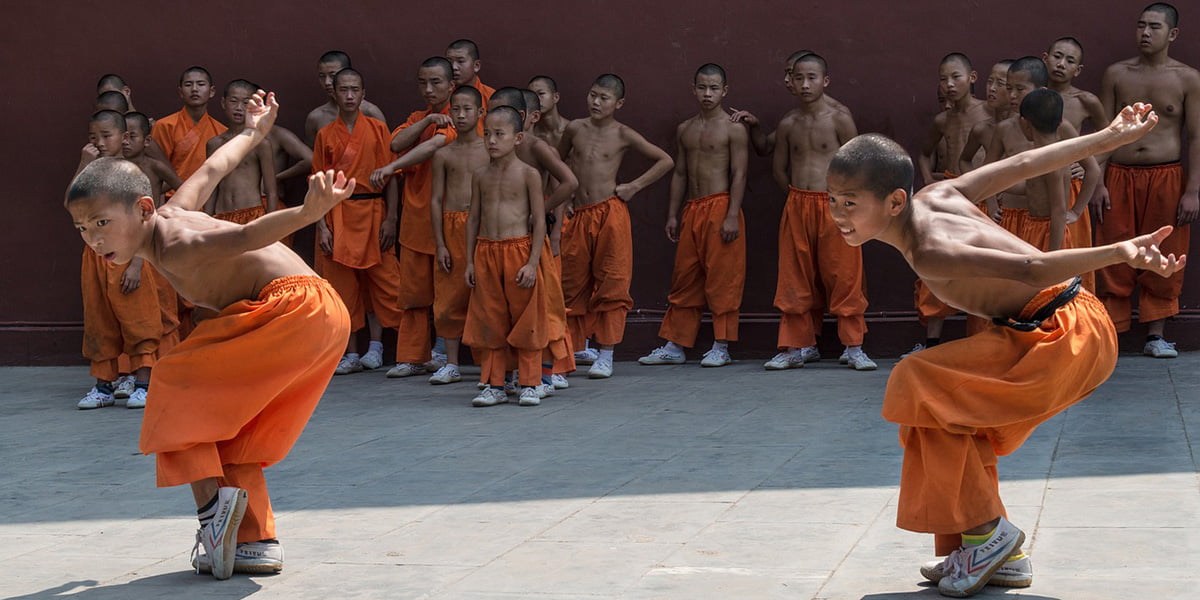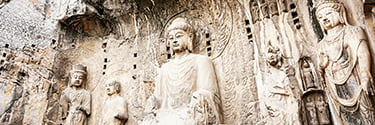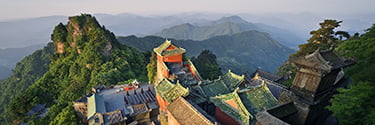The Ancient Art of Chinese Calligraphy: A Journey Through Time and Landscapes
Chinese Calligraphy, or “shūfǎ” (书法) in Mandarin, is not just the art of writing characters; it’s an embodiment of the very soul and ethos of China, preserved and cherished over millennia. As you traverse the vast and diverse landscapes of China, from its bustling urban centers to tranquil rural retreats, this mesmerizing art form stands as a testament to the enduring legacy of a civilization and its deep connection with the written word. This article delves deeply into the intricate beauty, sophisticated techniques, and profound cultural significance of Chinese Calligraphy, illustrating its intimate ties with journeys across the great expanse of China.
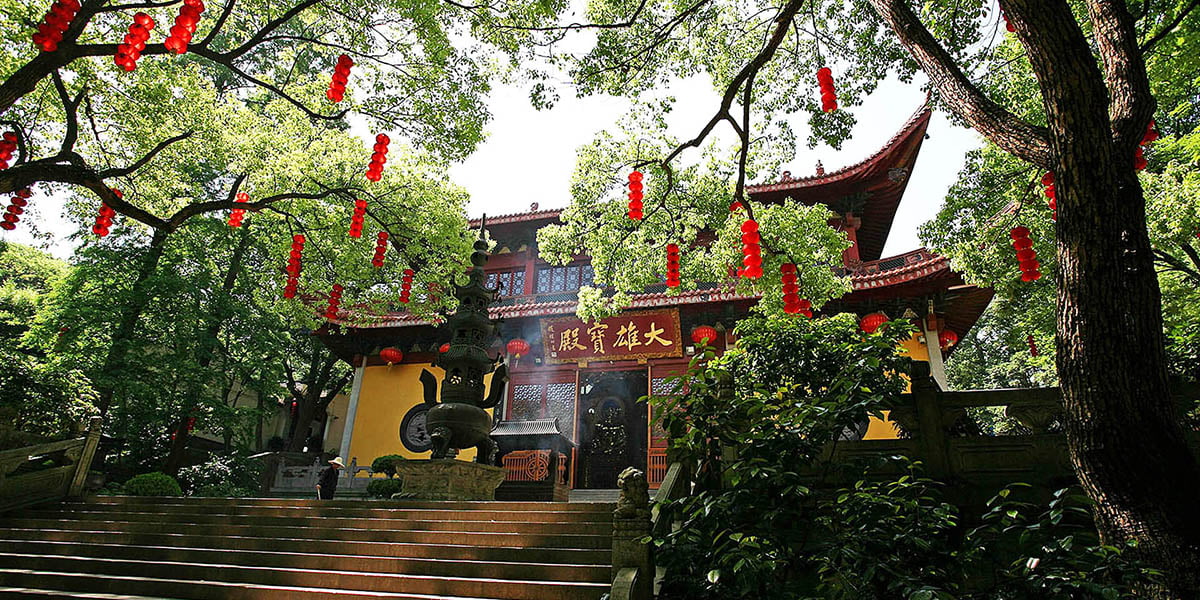
The Roots of Chinese Calligraphy
To fully grasp the essence of Chinese Calligraphy is to journey back through time, immersing oneself in a rich tapestry of history. The art form has gracefully evolved for more than 2000 years, firmly tracing its roots to the ancient Shang dynasty. What began as simple yet profound inscriptions on oracle bones and bronze vessels has, over the unfolding centuries, metamorphosed into a revered and sophisticated art, teeming with techniques, styles, and deeply embedded symbolism.

A Dance of Brush and Ink
The unmistakable beauty of Chinese Calligraphy lies not just in the characters themselves but in the very rhythm, flow, and meticulous precision of the brush strokes. Each stroke, marked by years of mastery, captures the essence and emotion of the writer, making every piece a deeply personal expression. The flexibility of the brush allows for an incredible range of expressions, from bold and assertive strokes that command attention, to gentle, flowing curves that soothe the spirit.
The ink, a crucial counterpart, plays a pivotal role. The depth, intensity, and gradient of the ink can deftly alter the mood of a calligraphy piece, adding layers of emotion and perspective. This harmonious dance between brush and ink, juxtaposed with the weight, balance, and intent of each stroke, makes every piece of Chinese Calligraphy a mesmerizing and unique work of art.
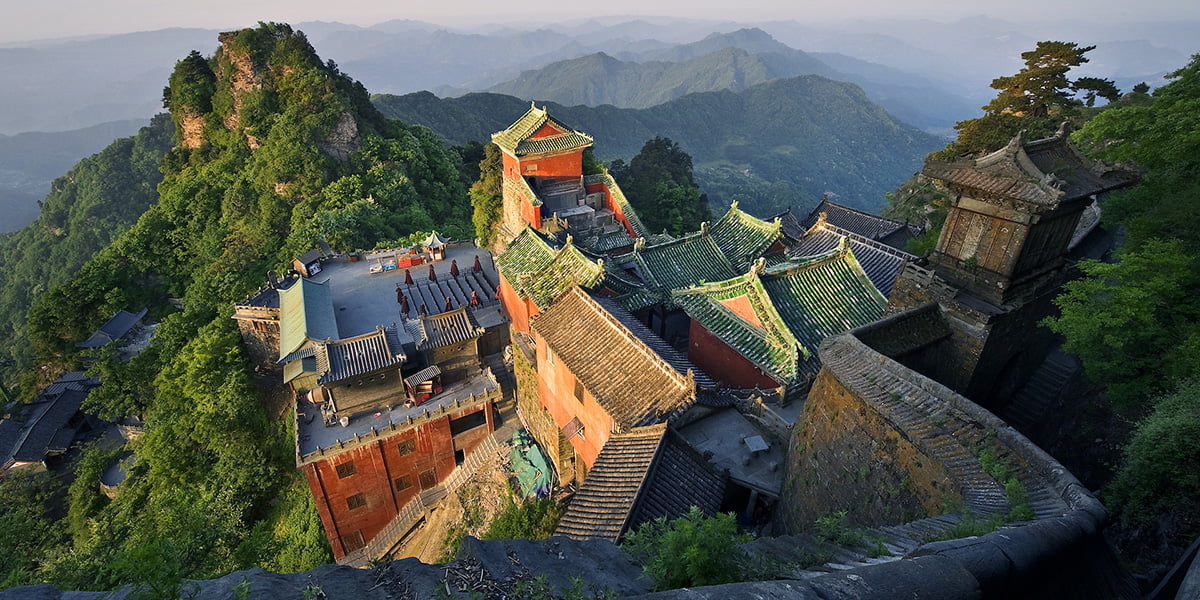
Styles Through the Dynasties
As one travels through the vast terrains of China, the nuanced evolution of calligraphy becomes increasingly evident. Each dynasty, with its unique cultural footprint, brought with it a fresh style and technique, enriching the tapestry of this art form:
- Qin Dynasty: Here, you’ll discover the Seal script, characterized by its intricately carved characters. The historically rich city of Xian, with its ancient terracotta warriors, also preserves some of the earliest and most pristine examples of this script.
- Han Dynasty: The rise of the Clerical script occurred, which can be vividly witnessed in the old remnants of the Silk Road cities, like Dunhuang, a city that has silently watched history unfold.
- Wei and Jin Dynasties: The Running and Cursive scripts, with their free-flowing and emotive strokes, emerged, painting stories of their times. Travel to the old capital, Luoyang, and you’ll find temples and caves adorned with this style, echoing tales of bygone eras.
- Tang Dynasty: The Regular script began to gain prominence and is the basis of modern Chinese writing. Cities like Chang’an (modern-day Xi’an), with their historical depths, are veritable treasure troves of Tang era calligraphy.

Cultural Significance and Modern Resonance
Chinese Calligraphy is not merely about aesthetics; it transcends to become a philosophical and spiritual endeavor. It is a representation of harmony and balance between mind, body, and soul. The profound focus and dedication required to perfect each stroke translates into a form of meditation, aligning the calligrapher with the subtle and rhythmic vibrations of the universe.
In modern times, as you navigate the intricately woven streets of bustling cities like Beijing or Shanghai, you’ll find that calligraphy, despite its ancient roots, retains its cultural significance and contemporary resonance. It’s a revered art form, diligently taught to children and celebrated in contemporary art galleries. Aspects of calligraphy even influence modern design, typography, and branding in China, making it an ever-present and cherished element in Chinese daily life.
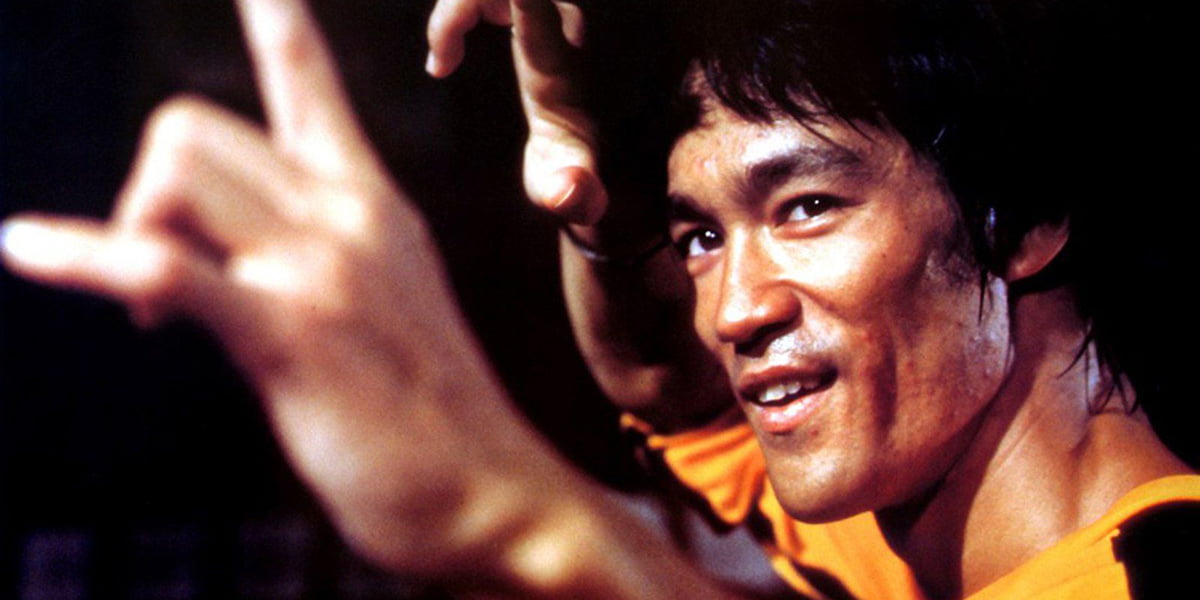
Travel and Calligraphy: An Intertwined Tapestry
For the discerning traveler with a keen interest in Chinese culture, the art of calligraphy offers a unique and enriching lens through which to explore the country. Here’s a deeper look at how the two worlds beautifully intertwine:
- Museums and Exhibitions: Metropolitan hubs like Beijing, Hangzhou, and Suzhou are home to world-renowned museums that house ancient scripts, brushes, and inkstones, offering intricate insights into the evolution of calligraphy.
- Markets and Streets: As you wander the bustling markets of Xi’an or the timeless water towns nestled near Shanghai, you’ll encounter skilled artisans showcasing their calligraphy prowess, elegantly penning names and phrases in characters that dance on the paper.
- Workshops and Classes: Engage even more deeply with the art form by enrolling in a calligraphy class. Numerous tourist-friendly cities offer immersive workshops, allowing you to grasp the basics of the art, thereby deepening your appreciation of its intricate depth.
- Temples and Monasteries: Many temples spread across the diverse landscapes of China, especially in cities like Lhasa and Chengdu, have walls adorned with calligraphy, reverently offering prayers, blessings, and pearls of ancient wisdom. Their serene environment amplifies the spiritual significance of the art, allowing for moments of reflection and connection.
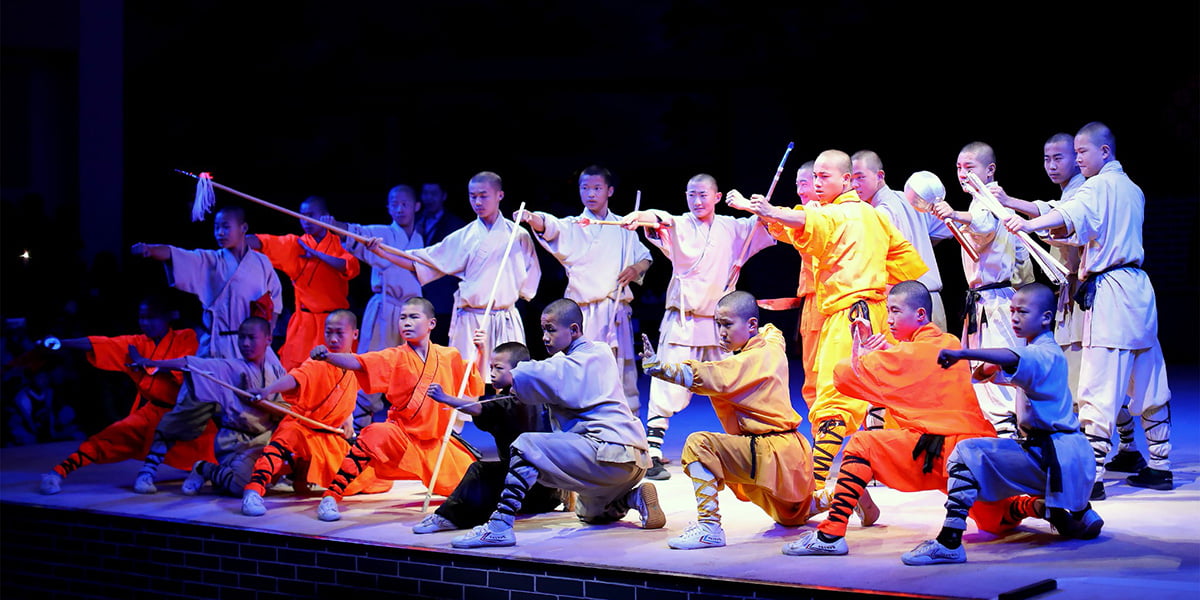
Embarking on the Journey
Chinese Calligraphy, in its myriad forms, is a bridge seamlessly connecting the past and the present, the spiritual realm and the tangible world. It’s an art form that beckons travelers to delve deeper, to foster a more intimate connection with a culture, and to see China through the lens of its most cherished tradition.
As you ponder your next travel escapade, consider the vast lands of China – a place where each brush stroke narrates a tale, where age-old techniques blend harmoniously with modern interpretations, and where the art of writing becomes a transformative journey in itself. Embrace the allure and intricacies of Chinese Calligraphy and let it guide you through the heart and soul of a civilization that has held it close for thousands of years. Embark on this unparalleled travel experience, and weave your own narrative into the rich, intricate tapestry of China’s cultural heritage.


